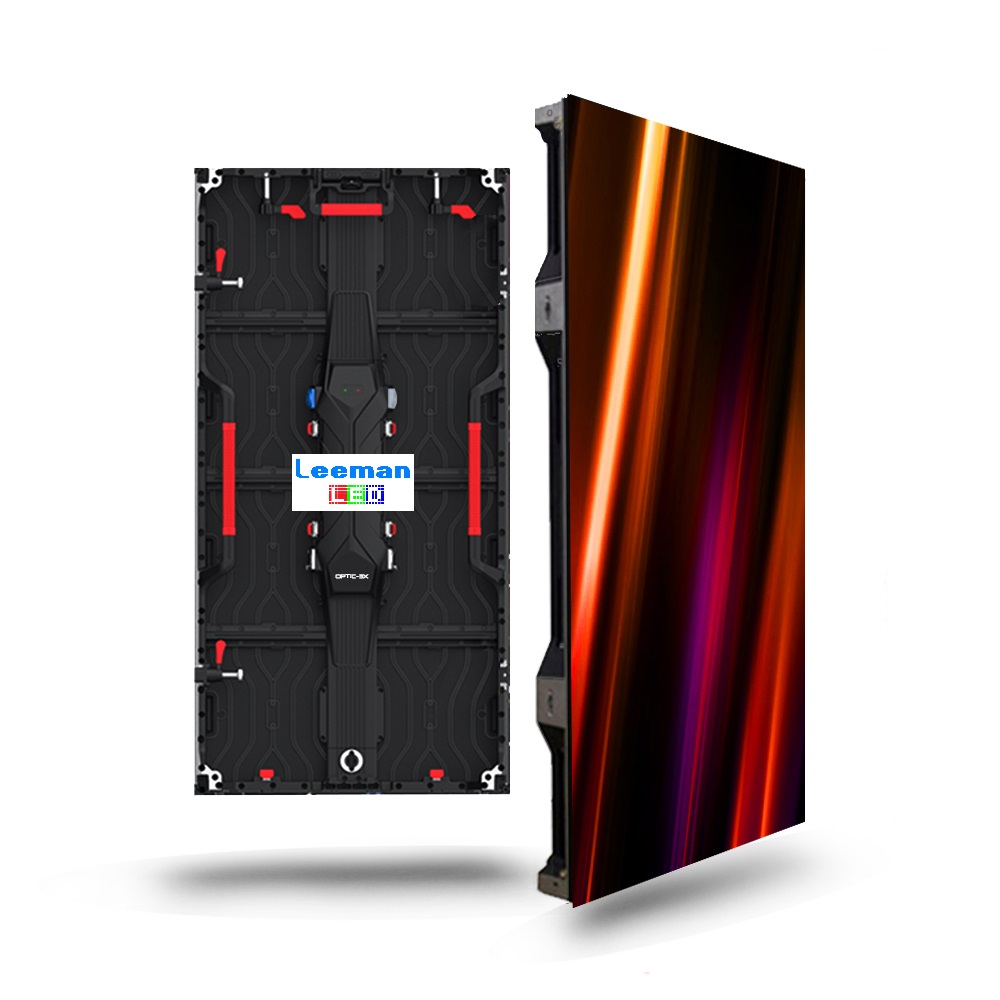Investigating the Durability of LED Wall Screens in Contrast to Traditional Display Methods
Investigating the Durability of LED Wall Screens in Contrast to Traditional Display Methods
Blog Article
LED panel panels have grown progressively favored in recent years, particularly in environments like educational institutions, businesses, and public areas. These screens use light-emitting lights (LEDs) to produce vivid and lively images. One of the most significant advantages of LED innovation is its longevity compared to conventional screen methods, such as CRT tube tubes (CRTs) and LCD crystal displays. Grasping the distinctions in duration and functionality between these options can help consumers make knowledgeable decisions about their display needs.
Classic display technologies, like CRTs, have been around for numerous decades. They were commonly used in TVs and PC monitors. However, CRTs have a shorter duration, generally lasting approximately 10,000 to 20,000 hours of use. This means that after a couple years, consumers may notice a deterioration in picture clarity, such as dimming or color deformation. In contrast, LED wall panels can last significantly longer, frequently exceeding 50,000 hours. This extended duration means that users can enjoy reliable functionality without the need for frequent substitutions.
Another important factor to consider is energy efficiency. LED wall panels utilize less power than traditional screens, which not only benefits the environment but also reduces power expenses. For example, while a CRT monitor may consume approximately 100 W of power, an LED screen can consume as little as 30 to 50 watts. This discrepancy in power usage contributes to the overall durability of LED innovation, as lower power usage generates less thermal energy. Excessive heat can harm electrical components, leading to a reduced duration for traditional displays.
In addition to their extended lifespan and energy efficiency, LED panel screens also provide superior image clarity. They offer brighter colors and better differentiation, making them perfect for various applications, from marketing to educational presentations. The innovation behind LED panels enables for a broader sight angle, meaning that images remain clear and vibrant even when viewed from the side. This is a major advantage over conventional screens, which often suffer from color distortion and diminished luminosity at wider angles.
In conclusion, the durability of LED panel panels compared to traditional display methods is a key aspect for consumers to consider. With lifespans that can exceed 50,000 hours, power efficiency, and enhanced image clarity, LED innovation provides many led wall panel color calibration techniques advantages. As innovation continues to advance, LED wall panels are likely to become even more common in multiple environments. Understanding these differences can help individuals and entities make improved decisions when purchasing in screen innovation, ensuring they receive the best value for their needs.